Malta is experiencing unsustainable rates of population growth in almost all localities, according to data from the National Statistics Office, leading to fears of increased infrastructural shortfalls, traffic, and construction.
According to the most recent statistics, almost all localities in Malta and Gozo are experiencing the same phenomenon, but some are harder hit than others.
St. Paul’s Bay is the worst-hit due to lower rental costs than other coastal areas. National Statistics Office figures show that in January 2023, the locality had a population of 35,419, an increase of 11% from the previous year.
However, similar growth rates were recorded in localities with higher rental costs, such as St. Julians (13,136) and Gzira (11,589), where the population also increased by 11% in a year.
Msida saw its population reach 14,809 in January, and it is expected to continue to grow as many blocks of apartments are being built in the area.
Birkirkara, the second most populated town in Malta, has reached 27,555 residents, an increase of almost 7% in 2022, while Mosta has become the third most populated town, with its population reaching 24,290, an increase of 5.5% compared to the previous year.
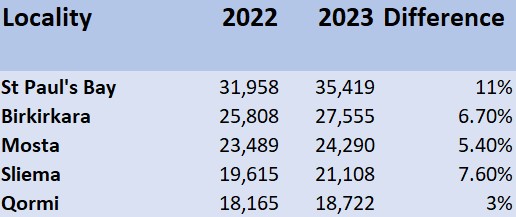
Latest population statistics from the National Statistics Office.
Overall, Malta’s population reached 542,000 in 2023, an increase of 22,000 in a year at a rate of 4.2%
As Malta’s natural growth rate remained stagnant in 2022, with the number of deaths in line with the number of births, the population increase was mainly driven by immigration.
Eurostat figures consistently show that Malta is experiencing one of the highest population growth rates in the EU. During the last decade, Malta’s population increased by 25%, the highest recorded growth rate of all EU member states.
During the last decade, Malta has changed its economic model, welcoming foreign workers, often paid at lower rates, to sustain economic growth, particularly in the tourism, catering and construction industries.
The country now faces an infrastructural crisis, with overloaded electricity grids, bursting sewers and severe traffic jams. This has led to multiple calls for change in the government’s economic model and reform in critical areas.

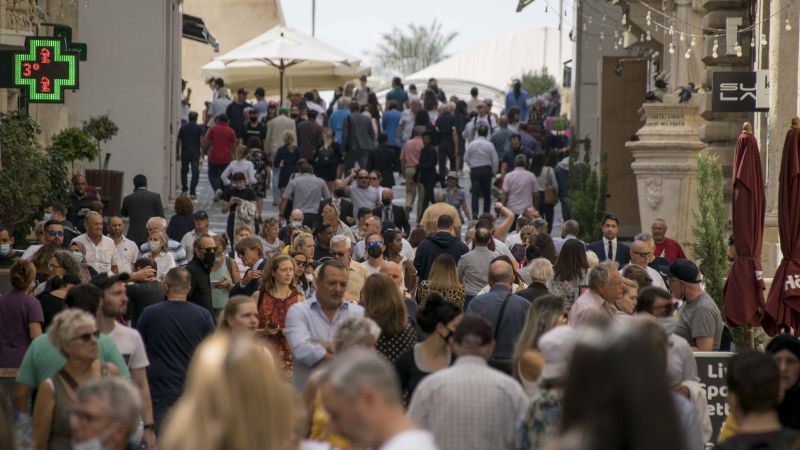
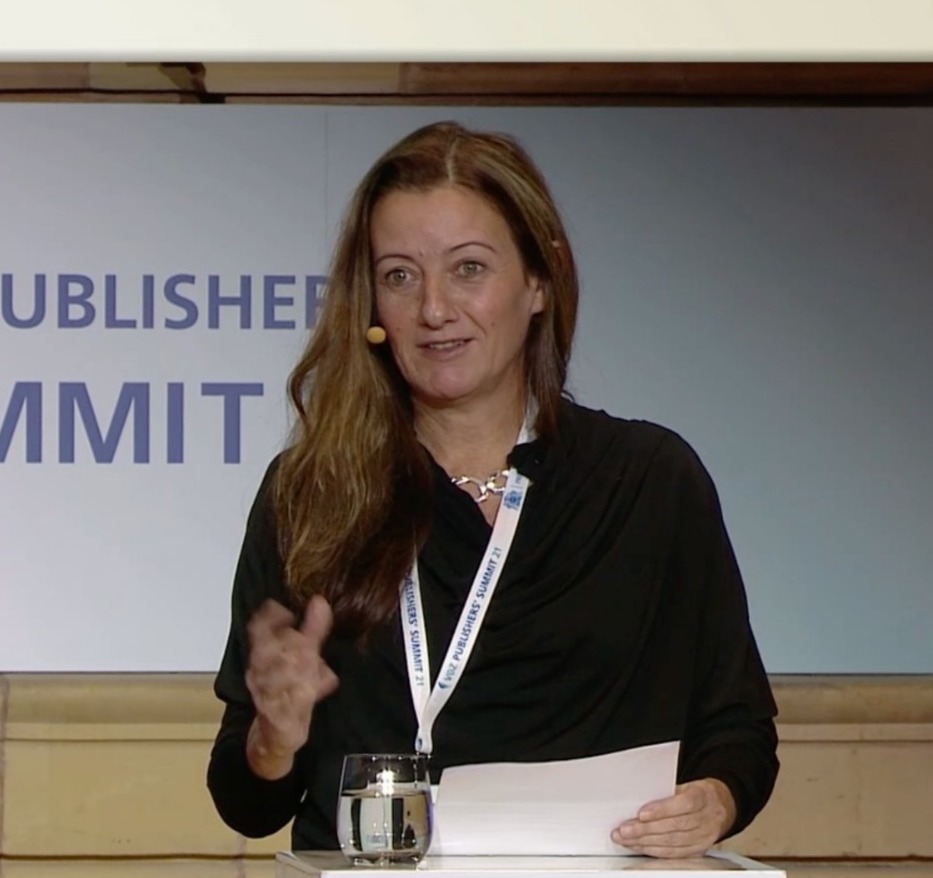

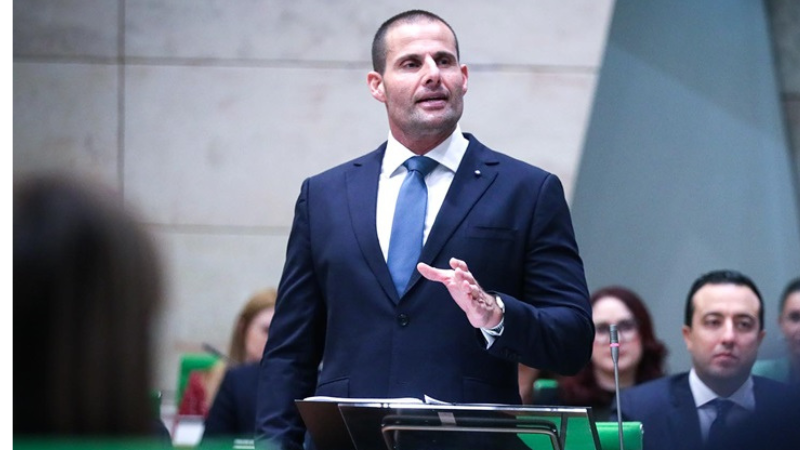
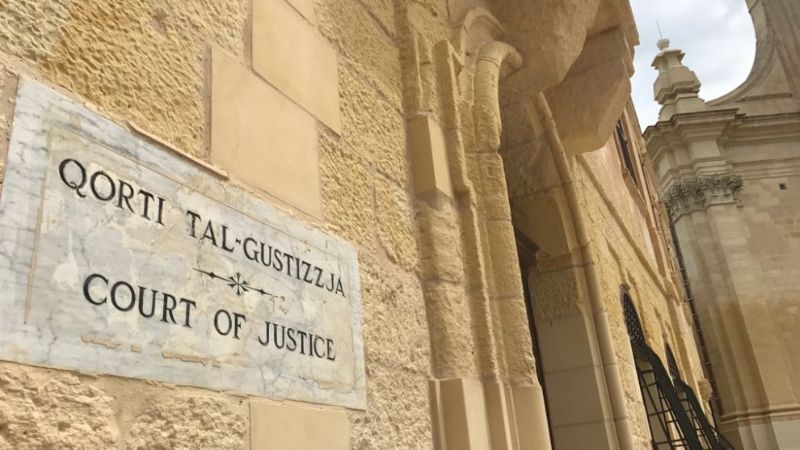
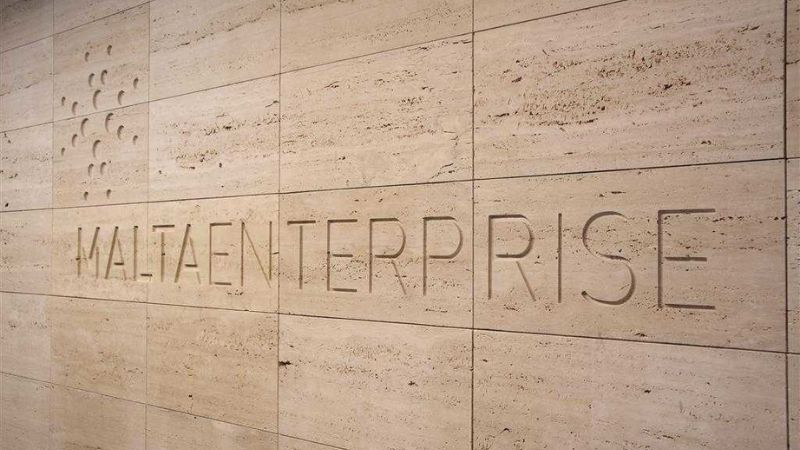
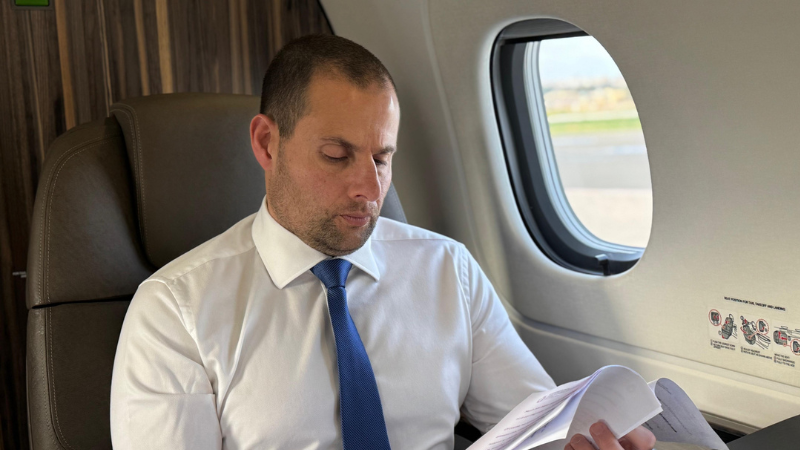






The statistics we need is from 2013 to 2023. This shows the explosion that has been done in Malta by Muscat.
The other explosion is still being investigated.
Ahseb u ara kemm qed joholqu strain fuq is sistema tad drenagg, l isptarjiet, l iskejjel….u nibqghu insemmu. Mela la nilhqu it 800 elf x se naghmlu?
Nieklu lill xulxien
What the statistics do not mention. Is the capita oer sq mtr!! People are becoming more and more suffocated.
That’s down to arrogant architects, builders who are blocking out natural light in order to line their own pockets.
It’s bloody suffocating…..let alone the rise in temp…… increase in traffic……construction everywhere……
X’ma jkunx hawn suicides.
L iktar roqqa art populata fuq din il pjaneta, u iridu nkomplu nzidu. Ma nistax nimagina pajjizi 10 snin ohra. X futur sabih ser ikolhom uliedna?
Muscat u Abela intom responsabli ta dan id disastru. Malta jisthoqilha ahjar min hekk.
Let’s not forget that very little is being filtered down into the local economy, as most of the earnings by this increase in population is sent out to the families of the foreign workers for maintaining their poor and big families.
Also, the low level of wages earned does not reach taxable levels and therefore these numerous ‘foreign’ communities are only a strain on Malta’s recurrent and capital expenditure, and a higher contributor to the National Deficit and the ballooning National Debt.
How do you not see that this comment has undertones of indignation?
Migrant workers pay taxes by all means, they rent houses, they use paid facilities, they contribute to economy.
If they send money to family it’s no one’s business, if you had families abroad you will do the same, stop being narrow minded
High popultation growth cum Low Birth Rates ergo REPLACEMENT OF THE MALTESE NATION
Bang on